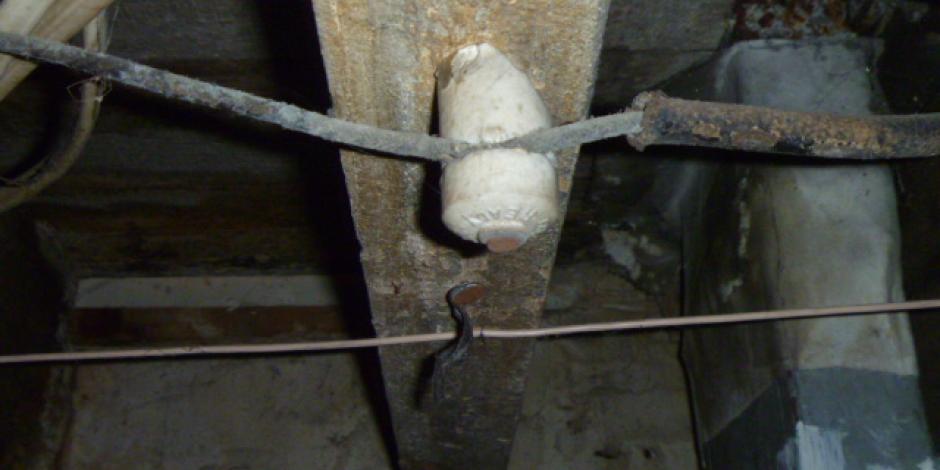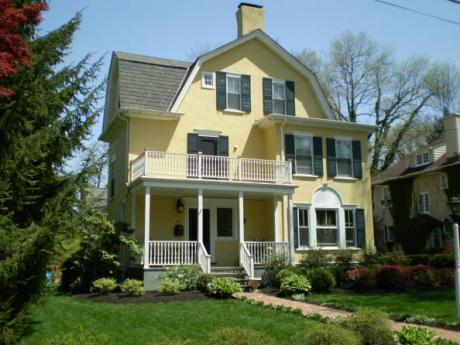
Knob & tube wiring was a common method of electrical wiring through the mid 1900s in North America (this means there’s a chance your home has knob & tube wiring!). Knob & tube wiring involved feeding copper conductors insulated by porcelain tubes through the wall studs and attaching them to ceramic knobs which acted as heat dissipaters. The heat would be emitted off the ceramic into the surrounding air to ensure that the wiring would not overheat. This method of wiring had its advantages and disadvantages, but because insulation contracting wasn’t much of a consideration during that time, use of knob & tube wiring was widespread and very cost effective.
Concerns about a home’s energy efficiency are much higher today than they were in the days of knob & tube wiring and even long after knob & tube wiring became obsolete. Adding insulation is often one of the top recommendations made by Orange Energy after an energy audit. So, what’s the problem if your home happens to have old knob & tube wiring? Placing insulation on top of or near those ceramic knobs is a serious fire hazard. The knobs themselves are there to emit heat.
Certain insulation types are less fire resistant than others, but placing any kind of material on working knob & tube wiring is a risk that should be avoided. In the interest of upgrading your home’s energy efficiency, upgrading the wiring may also be highly recommended to avoid the risk of fire and to be sure your house is up to code. In fact, many insurance companies are ever more reluctant to insure homes with active knob & tube wiring.
Orange Energy Solutions often includes knob & tube remediation as part of its home performance upgrades. We can also recommend other means of air sealing and insulation, should removing old knob & tube wiring not be practical.
Worried about dangerous knob & tube wiring? Let us know.
610-449-2444

